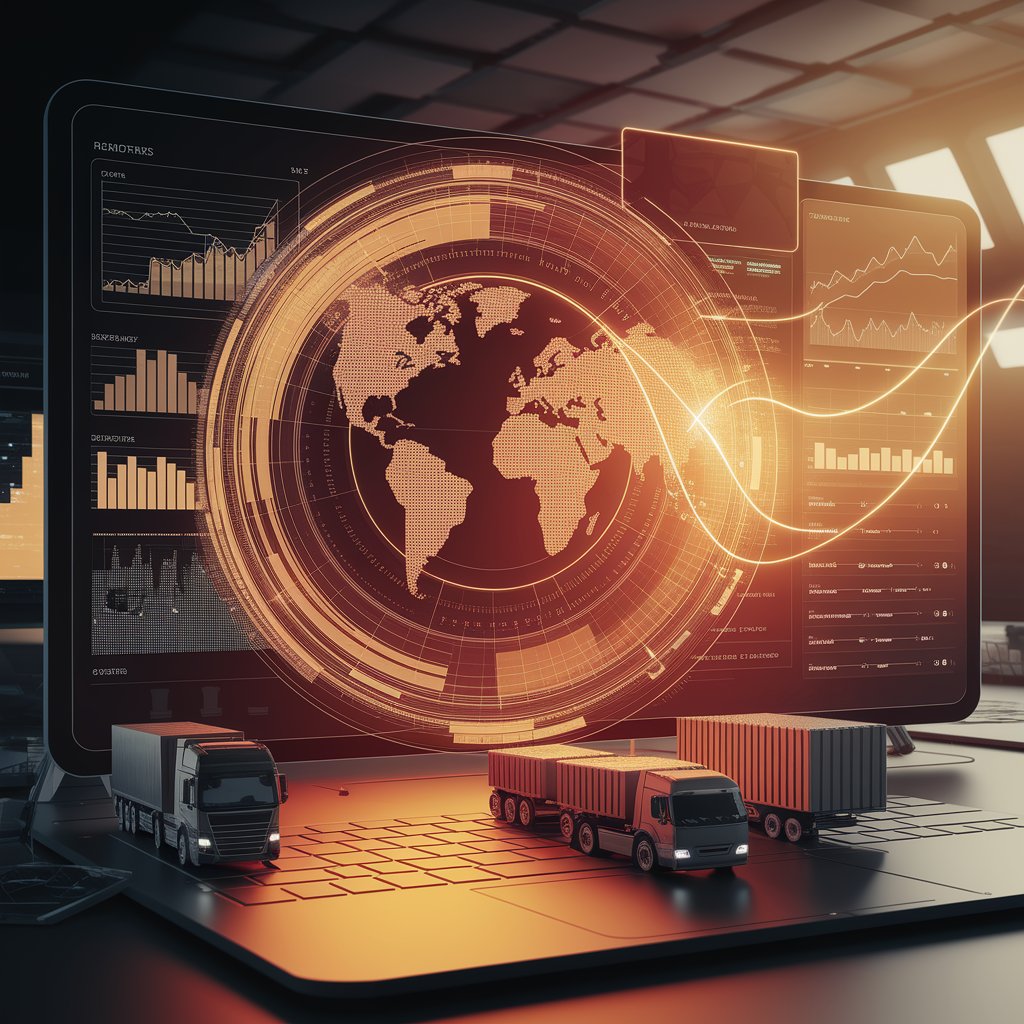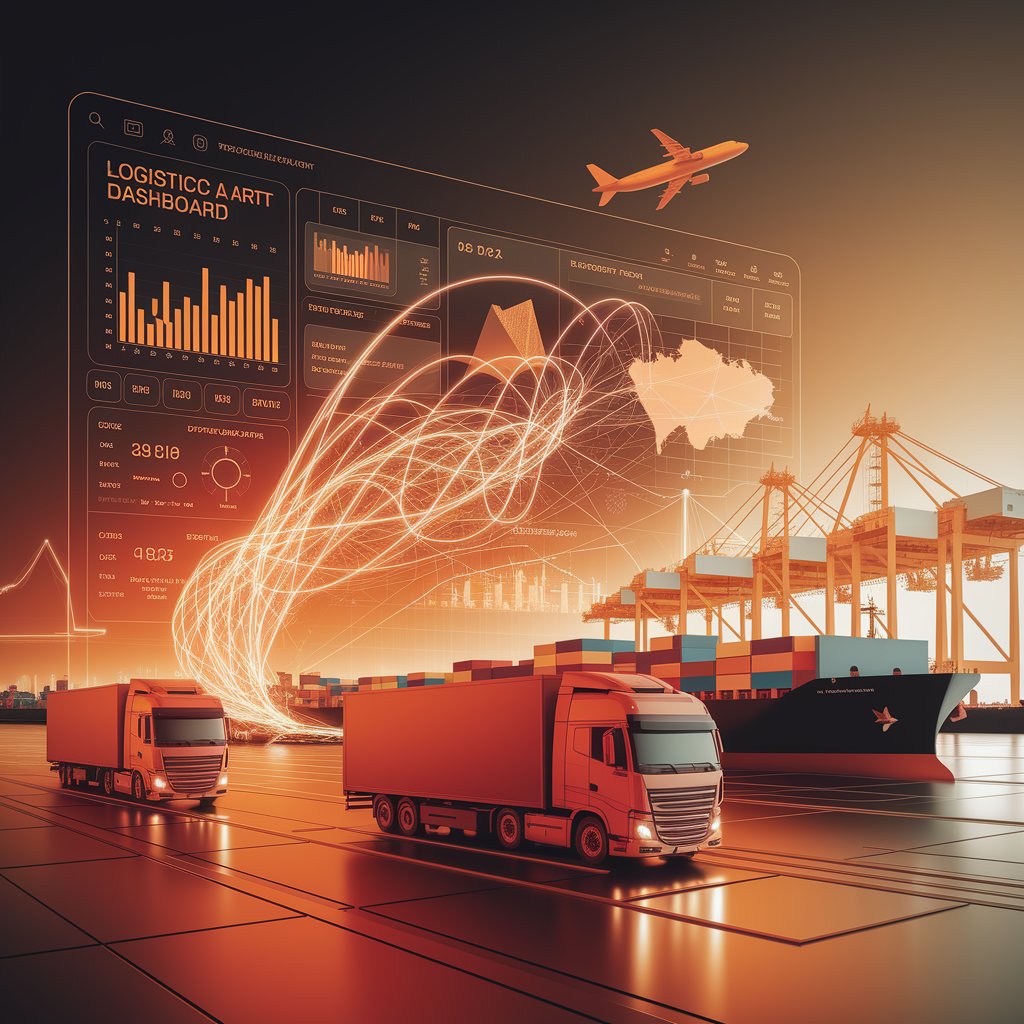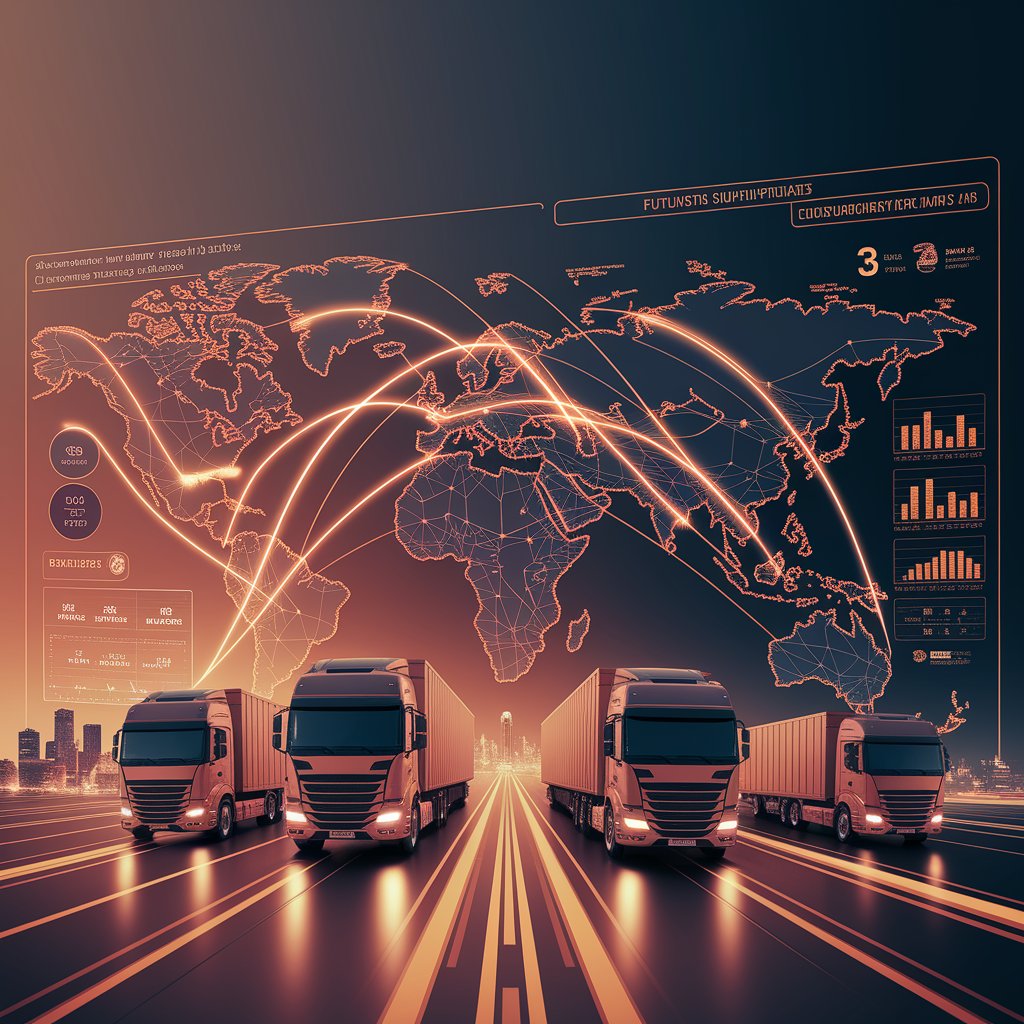Logistics AI Forecasting: Smarter Predictions for Supply Chain Success

Introduction
That’s why companies are adopting logistics AI forecasting. By leveraging artificial intelligence, machine learning, and real-time analytics, logistics providers can make more accurate predictions, optimize resources, and stay ahead of disruptions.
What Is Logistics AI Forecasting?
Logistics AI forecasting is the use of artificial intelligence and predictive models to anticipate future trends in supply chains. Unlike traditional forecasting, which depends heavily on past data, AI forecasting incorporates real-time signals such as:
- Market demand changes
- Weather conditions
- Port and traffic congestion
- Fuel price fluctuations
- Supplier performance trends
This creates a dynamic, adaptive forecasting system that continuously learns and improves.

Key Features of Logistics AI Forecasting
- Predictive Demand Planning – Anticipates shifts in customer demand using multiple data streams.
- Dynamic Supply Forecasting – Adjusts production and inventory plans in real time.
- Disruption Prediction – Forecasts risks from strikes, natural disasters, or geopolitical events.
- Capacity Utilization Forecasting – Ensures fleets and warehouses align with demand.
- AI-Powered Scenario Modeling – Simulates “what-if” situations for contingency planning.
- Real-Time Dashboards – Provides planners with live updates and alerts.
Benefits of Logistics AI Forecasting 📈
- Improved Accuracy – Smarter forecasts reduce stockouts and overstocks.
- Efficiency Gains – Optimizes labor, fleets, and warehouse utilization.
- Cost Reduction – Prevents unnecessary storage, rerouting, and emergency shipments.
- Resilience – Anticipates disruptions and adjusts proactively.
- Customer Satisfaction – Accurate ETAs and service consistency build trust.
- Sustainability – Reduces waste and emissions by aligning supply with demand.

Real-World Applications
- E-commerce & Retail – Forecast peak demand during holiday seasons.
- Freight Forwarders – Secure carrier capacity ahead of market shifts.
- Cold Chain Logistics – Plan equipment and resources for sensitive goods.
- Ports & Terminals – Predict congestion and optimize berth scheduling.
- Manufacturers – Align raw material procurement with production demand.
:
Challenges in Logistics AI Forecasting
- Data Quality Issues – Incomplete or inaccurate data reduces accuracy.
- Integration Complexity – Legacy ERP and TMS systems may resist modern AI tools.
- High Costs – Advanced AI forecasting platforms require investment.
- Change Resistance – Staff may hesitate to trust AI-driven forecasts.
- Unpredictable Shocks – Pandemics or geopolitical crises can still defy models.

Best Practices for Success
- Start with Key Markets or Products – Focus AI forecasting where volatility is highest.
- Ensure Clean Data – Standardize and validate data across the supply chain.
- Integrate Across Systems – Connect AI forecasting with ERP, WMS, and TMS.
- Combine AI with Human Oversight – Let AI enhance human decision-making, not replace it.
- Leverage Scenario Planning – Use AI to simulate best- and worst-case scenarios.
- Track ROI – Measure improvements in costs, service levels, and forecast accuracy.
The Future of Logistics AI Forecasting 🚀
- Self-Learning Forecasting Models – Continuously improving accuracy over time.
- Digital Twins – Simulating entire supply chains for predictive testing.
- Blockchain Integration – Securing and validating forecasting data.
- Collaborative AI Platforms – Shared forecasts across carriers, shippers, and suppliers.
- Sustainability-First Forecasting – AI models balancing demand accuracy with emissions goals.
Conclusion
Logistics AI forecasting is revolutionizing how supply chains anticipate and respond to change. By combining predictive analytics with real-time data, businesses can reduce costs, boost efficiency, and build resilience.
For logistics providers competing in a volatile global market, adopting logistics AI forecasting is not just an upgrade—it’s a necessity for staying ahead.
